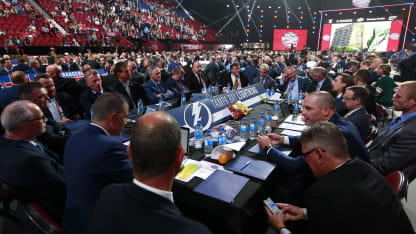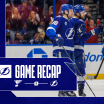Following a 3-2 loss to University of Michigan on March 16, 2001, the men's ice hockey team at University of Nebraska-Omaha was officially eliminated from the CCHA Men's Final Four. Needing only two more wins to earn an automatic bid to the NCAA tournament, the Mavericks couldn't get the job done. Their season was over, as were the playing careers of several players on the roster.
John Rosso brings experience as a player, coach and scout into new role
22 years after his playing days ended, Tampa Bay's new Director of Amateur Scouting has successfully continued his career as a coach and scout

© Getty Images

© Nobuko Oyabu



















